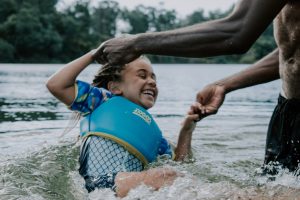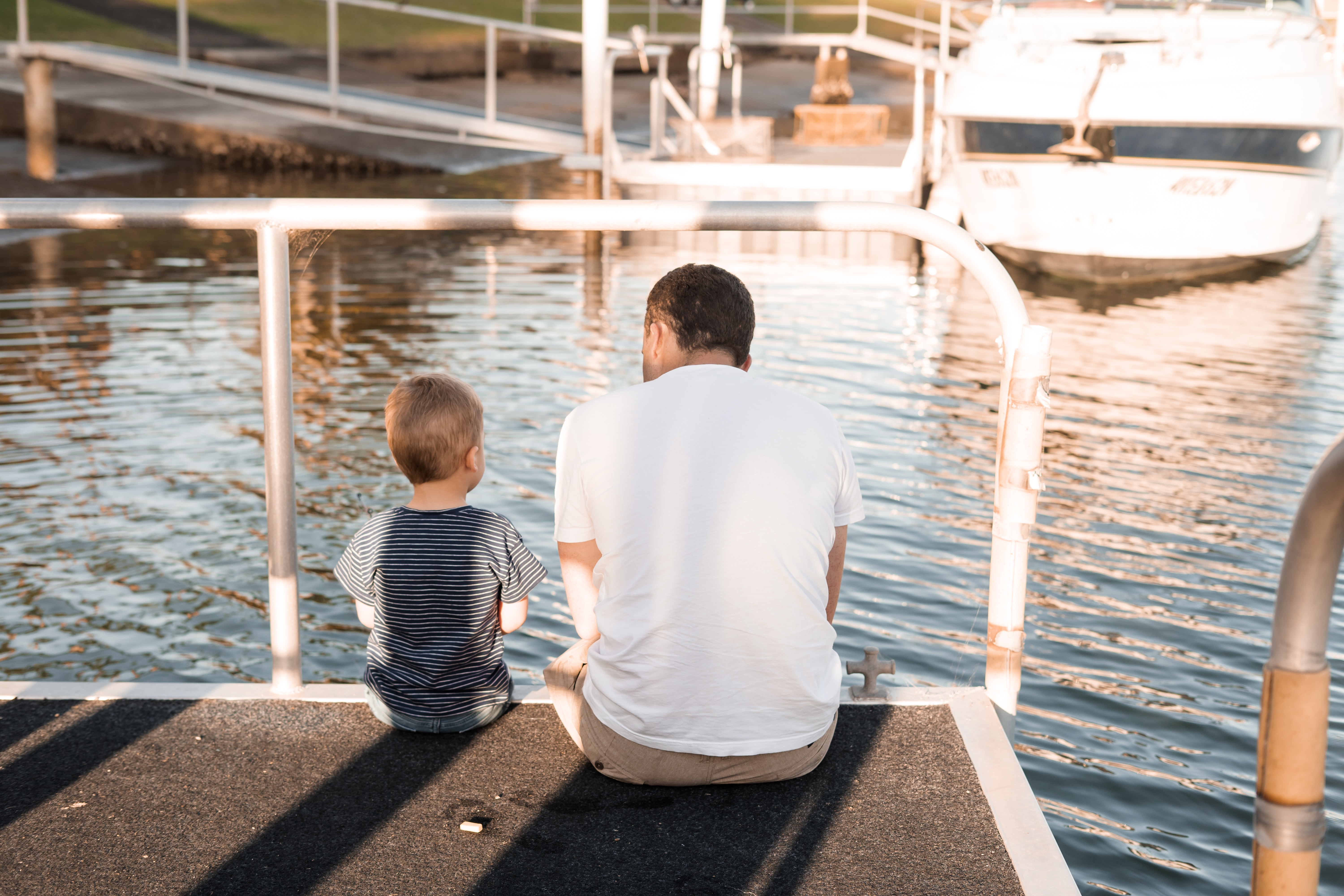The water can be a fun and exciting place full of adventure for children, but only if you take the appropriate precautions to protect them.
Taking children out onto the water can be an exciting and memorable experience for them, but it’s important to ensure that they remain safe. Standard safety procedures can ensure that children remain protected while out on the water while also limiting the potential liability of the party who owns the craft they are in. Whether you’re planning on taking your kids onto the water or someone else’s kids, follow these safety tips to ensure that everyone has an enjoyable adventure.
Show Them How to Swim
One of the best ways to protect the well-being of children in a boat or other watercraft is to teach them how to swim first. Accidents can happen easily out on the water, and the last thing you want is for a child who doesn’t know how to swim to fall into the water. In just a few seconds they could ingest enough water to drown, but if they have the ability to swim, they’ll have an opportunity to right themselves, giving you more time to successfully rescue them. Taking the time to teach any children you intend to take out into the water how to swim could make the difference between life or death for them.
Teach Water Survival Skills
While the ability to swim is useful in an emergency situation, alone it won’t maximize the ability of children (or adults) to survive an accident. Common water survival skills include the following:
- Surfacing above water over their head
- Floating
- Treading water
- Turning in the water
- Moving forward and breathing in the water
- Safely exiting the water
Each of these skills is vital and can give you and the child more time if they fall into the water and require rescue. It’s unlikely that any child will have the strength to swim back to your watercraft, but with these skills, they can remain safely in place and above water as they await rescue.
Wear a PFD
Everyone on a boat should wear a personal flotation device (PFD), especially children. However, not all PFDs are alike, and those approved by the US. Coast Guard can perform remarkably better than those that don’t carry their seal of approval. It’s vital that children wear one of these devices and don’t simply rely on water toys or other flotation devices. While these can provide some support and buoyancy in the water, they aren’t designed to prevent drowning, and can therefore instill a false sense of security.

If a child should be injured on the water, such as by a faulty flotation device, it’s vital to contact jacobyandmeyers.com for legal assistance when it is time to seek compensation for any damages or loss of health or life.
Teach Kids the Open Water is Different
While your child may feel safe swimming in a pool, the open water behaves much differently and is far less forgiving than water in an enclosed space. The open water is full of countless hidden dangers, from rocks, creatures, and coral underneath to sudden undertows, unseen currents, and major waves.
The water can be a fun and exciting place full of adventure for children, but only if you take the appropriate precautions to protect them. Open water is a highly dangerous place even for adults and can turn in an instant, making it vital that you take every precaution to protect the children under your care from harm. By doing this, you can ensure that everyone on your craft has a transformative experience while out on the water. You’ll also protect yourself from liability if you’re taking any children out onto the water in your craft.


Join the conversation!